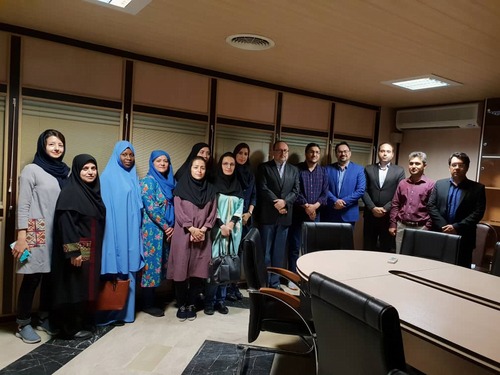Arsenic in drinking water: a major threat to Pakistan population

On 28 May 2018, in the journal club the topic “Arsenic in drinking water: a major threat to Pakistan population” was discussed. Arsenic contaminated drinking water currently affecting around 200 million people around the world. The extent of the problem remains elusive. Pakistan is also dealing with the growing burden of Arsenic contamination in the drinking water. In a study published in science advances, it has been reported that the groundwater reservoirs in Pakistan are contaminated from arsenic and the extent exceeding the WHO guidelines which are 10 micrograms per liter of water. Using a new dataset of nearly 1200 groundwater quality samples throughout Pakistan, A state-of-the-art hazard was created and risk maps of arsenic-contaminated groundwater for thresholds of 10 and 50 mg/liter. Logistic regression analysis was used with 1000 iterations, where surface slope, geology, and soil parameters were major predictor variables, where surface slope, geology, and soil parameters were major predictor variables. The hazard model indicates that much of the Indus Plain is likely to have elevated arsenic concentrations, although the rest of the country is mostly safe.




Send to friends